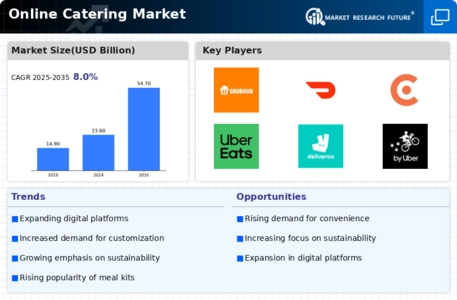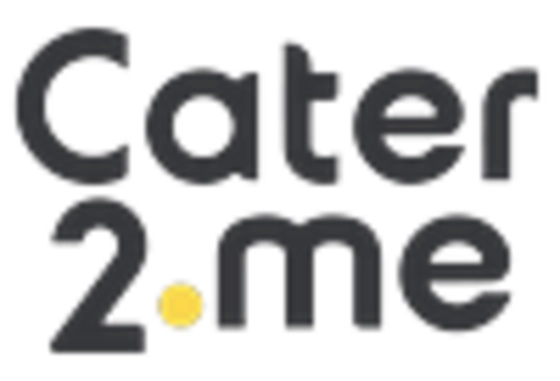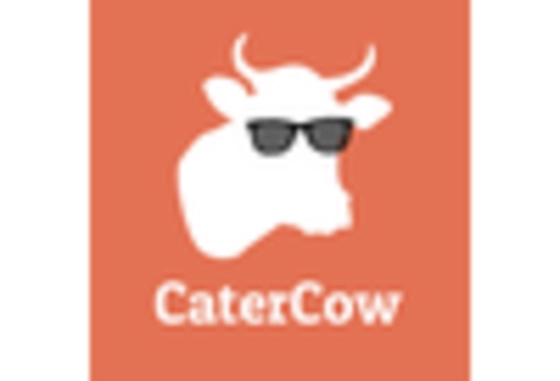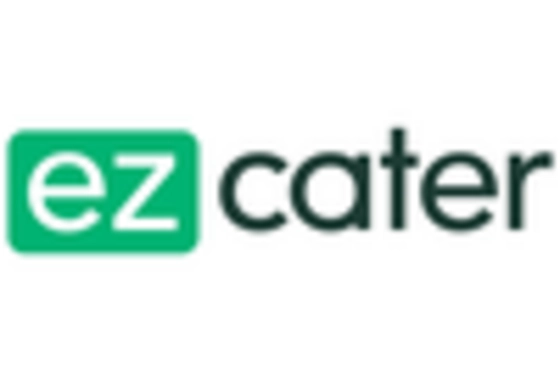Diverse Culinary Offerings
The Online Catering Market is characterized by an increasing diversity in culinary offerings. As consumer preferences evolve, catering services are expanding their menus to include a wide range of cuisines, dietary options, and specialty items. This trend is particularly pronounced among health-conscious consumers and those with specific dietary restrictions, such as gluten-free or vegan options. Recent market analysis indicates that catering services that offer diverse menus experience higher customer retention rates, as they can cater to a broader audience. The ability to provide unique and varied culinary experiences is becoming a key differentiator in the Online Catering Market. As competition intensifies, catering businesses that embrace this diversity are likely to thrive, appealing to a wider demographic and enhancing their market presence.
Expansion of Event Hosting
The Online Catering Market is significantly influenced by the expansion of event hosting across various sectors. As social gatherings, corporate events, and celebrations become more prevalent, the need for catering services rises correspondingly. Recent statistics suggest that the event planning industry has grown by over 10 percent in the past year, which directly correlates with increased demand for catering services. This growth is particularly evident in urban areas where event hosting is a common practice. The Online Catering Market is poised to benefit from this trend, as event organizers increasingly turn to online platforms for their catering needs. The convenience of online ordering, coupled with the ability to cater to diverse dietary preferences, positions the industry favorably to meet the evolving demands of event planners and hosts alike.
Focus on Health and Wellness
The Online Catering Market is increasingly aligning with the growing focus on health and wellness among consumers. As awareness of nutrition and healthy eating rises, catering services are adapting their offerings to include healthier meal options. This shift is evident in the introduction of organic ingredients, low-calorie meals, and balanced dietary plans. Data suggests that catering companies that prioritize health-conscious menus see a significant uptick in demand, particularly among corporate clients seeking to promote wellness in the workplace. The Online Catering Market is thus responding to this trend by incorporating health-focused options into their services, which not only meets consumer expectations but also positions these businesses as leaders in a competitive market. This emphasis on health and wellness is likely to shape the future of catering services, as consumers increasingly seek nutritious and wholesome meal choices.
Rising Demand for Convenience
The Online Catering Market experiences a notable surge in demand for convenience-driven services. As lifestyles become increasingly hectic, consumers seek efficient solutions for meal planning and event catering. This trend is reflected in the growing number of online platforms that offer streamlined ordering processes, allowing customers to select menus, customize options, and schedule deliveries with ease. According to recent data, the online catering segment has seen a growth rate of approximately 15 percent annually, indicating a robust shift towards digital solutions. This demand for convenience not only caters to individual consumers but also to businesses looking for hassle-free catering options for corporate events. The Online Catering Market is thus positioned to capitalize on this trend, as more consumers prioritize time-saving solutions in their catering choices.
Technological Advancements in Ordering Systems
Technological advancements play a pivotal role in shaping the Online Catering Market. The integration of sophisticated ordering systems, mobile applications, and user-friendly interfaces enhances the customer experience, making it easier for consumers to access catering services. Innovations such as real-time tracking of orders and personalized recommendations based on previous selections are becoming standard features. Data indicates that businesses utilizing advanced technology in their catering services have reported a 20 percent increase in customer satisfaction. This technological evolution not only streamlines operations but also fosters customer loyalty, as users appreciate the convenience and efficiency offered by online platforms. The Online Catering Market is thus likely to continue evolving, driven by ongoing technological improvements that cater to the needs of modern consumers.

















Leave a Comment